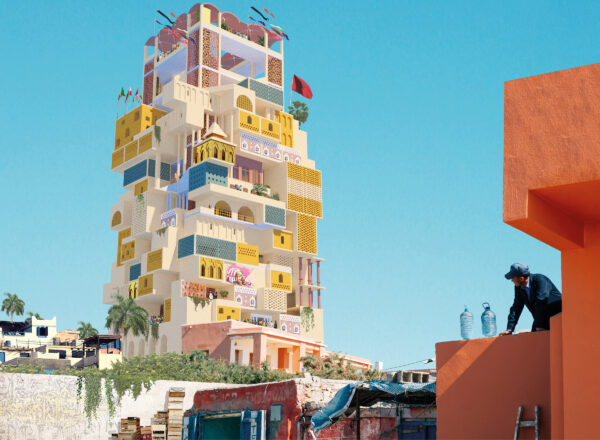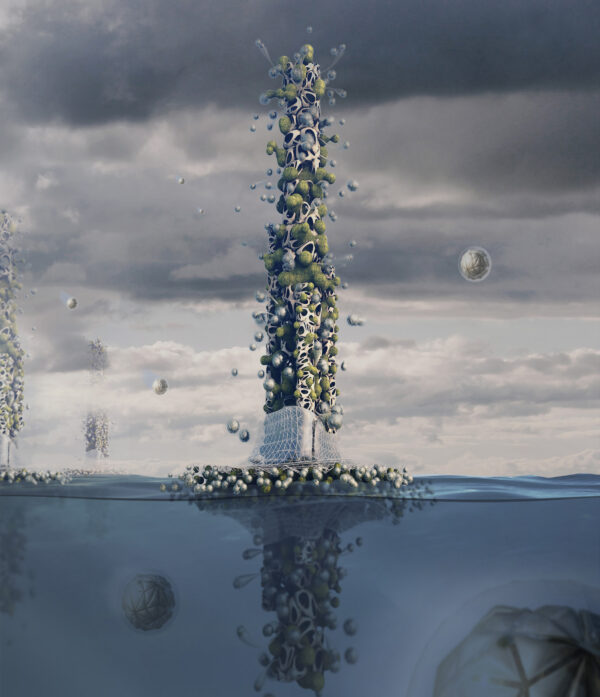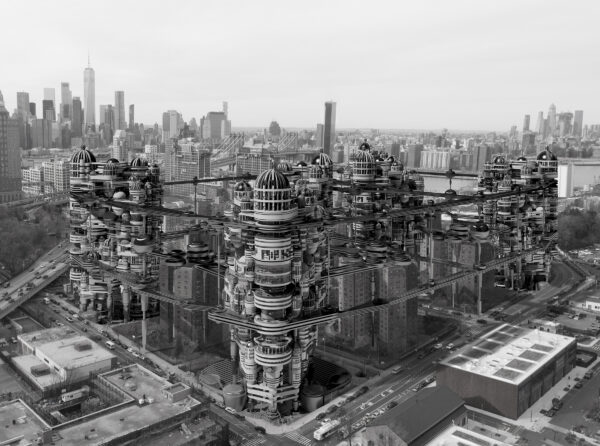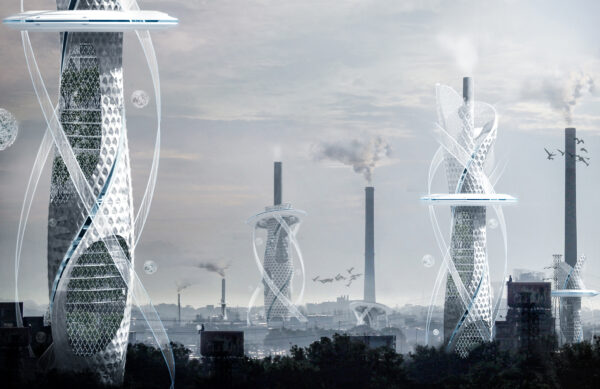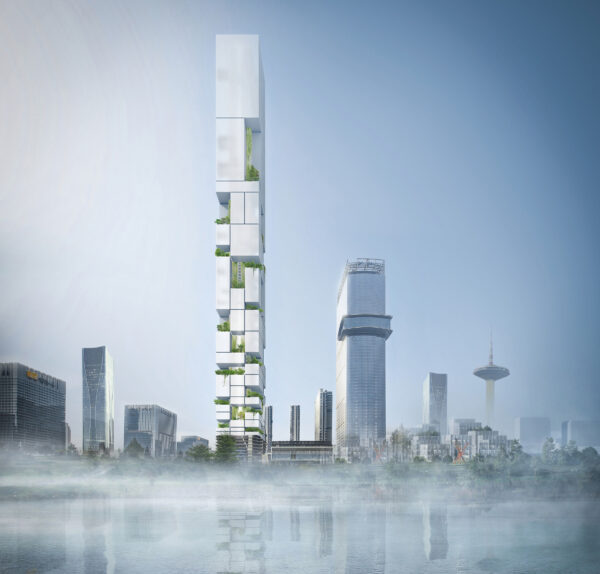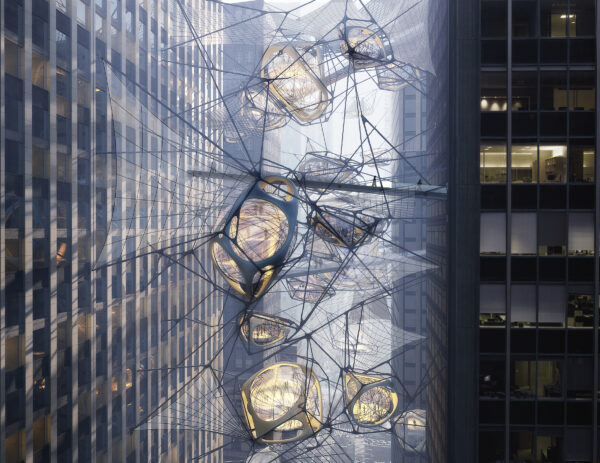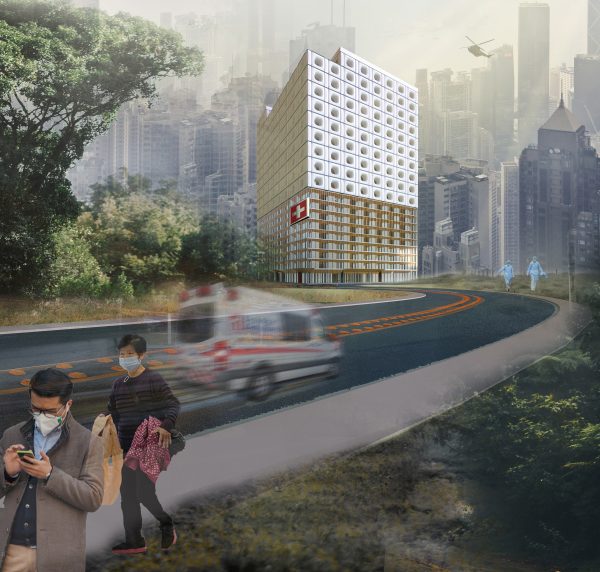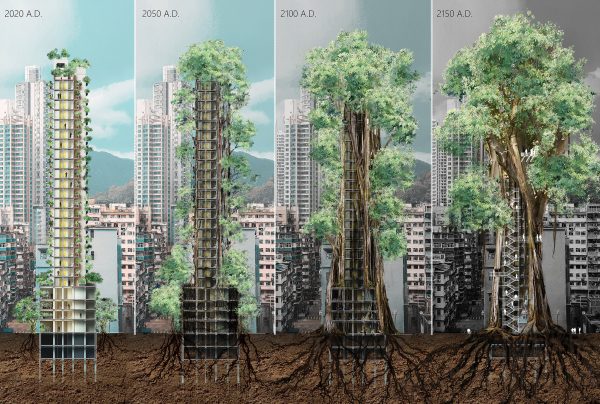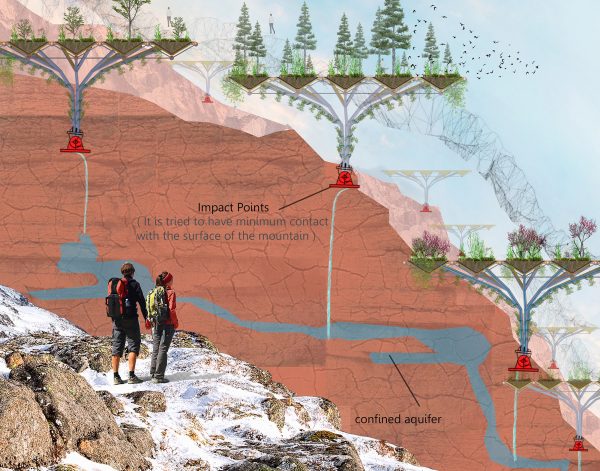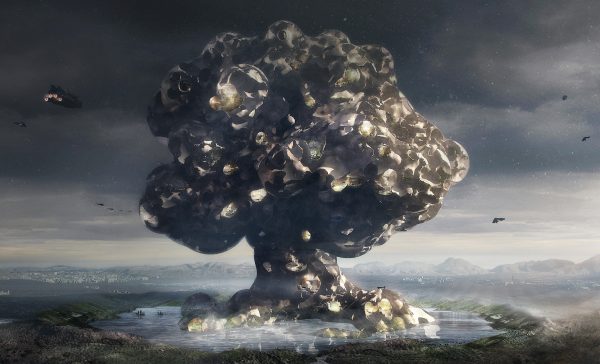Honorable Mention
2021 Skyscraper Competition
Leonie Blum, Katharina Frank, Ritaj Albaje, Simon Sundin
Sweden
The history of man is a story of nomads, travelers, and migrants. Even though we had a year of unprecedented restriction in movement due to a pandemic, the demand for free movement will not disappear. Humankind has always been on the move.
However, not all move by lust or a sense of discovery. Sometimes you need to leave your home country. Poverty, war, family, love, the reasons why we migrate are as many as there are immigrants. But when you have arrived many of the struggles are similar. Understanding where you are, the customs of the new place, finding a job, learning a new language, and making a home for yourself.
The skyscraper named ‘Pathway of Belonging’ is located in Morocco. A quickly developing country which in recent migration history has only been a pit-stop for people seeking a new life in Europe. However, due to its growing economy, is Morocco now an attractive destination country for immigrants. A significant number of sub-Saharan Africans now call Morocco their home (ca 700 000 people in a country of 34 million). This building is for them to use. Read the rest of this entry »

